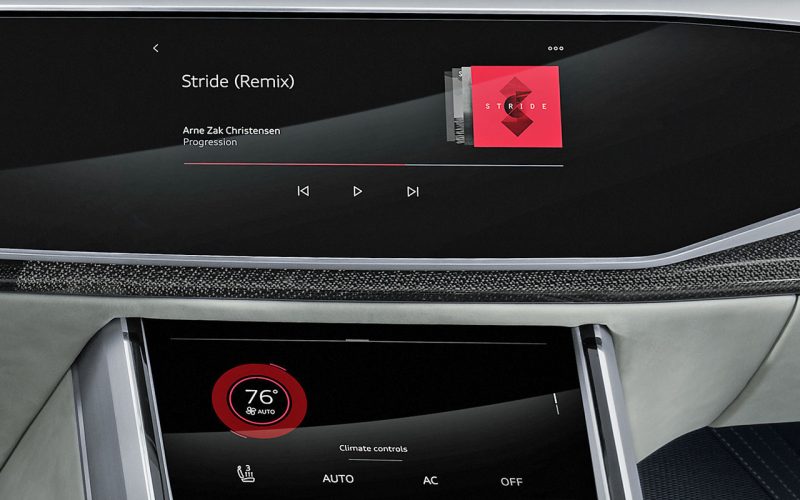
Reading Time: 4 minutesAudi already incorporates Android Auto and Apple CarPlay within its highly advanced MMI infotainment systems, but
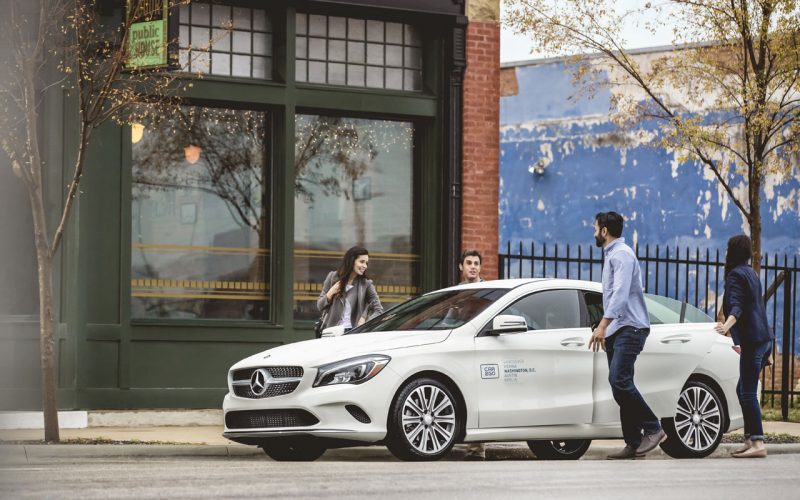
Reading Time: 4 minutesDid you attend last night’s Killers concert in Vancouver or the Jimmy Eat World show in
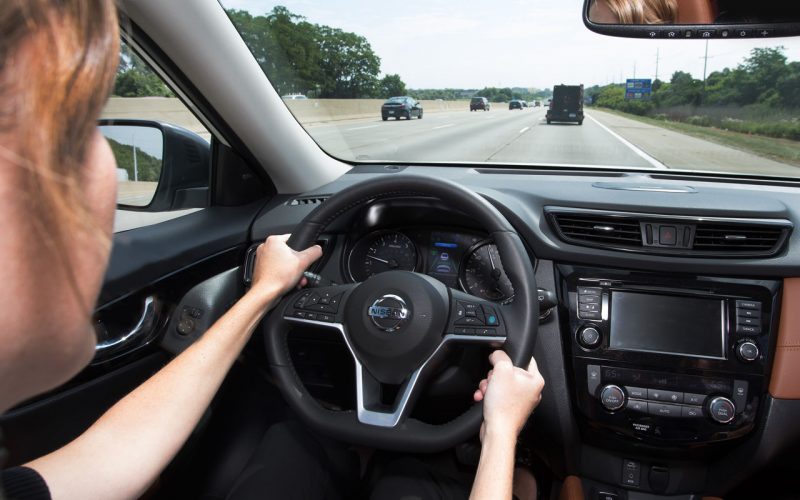
Reading Time: 4 minutesCanadians choosing to fully equip their 2018 Nissan Rogue SUVs will soon receive the benefit of
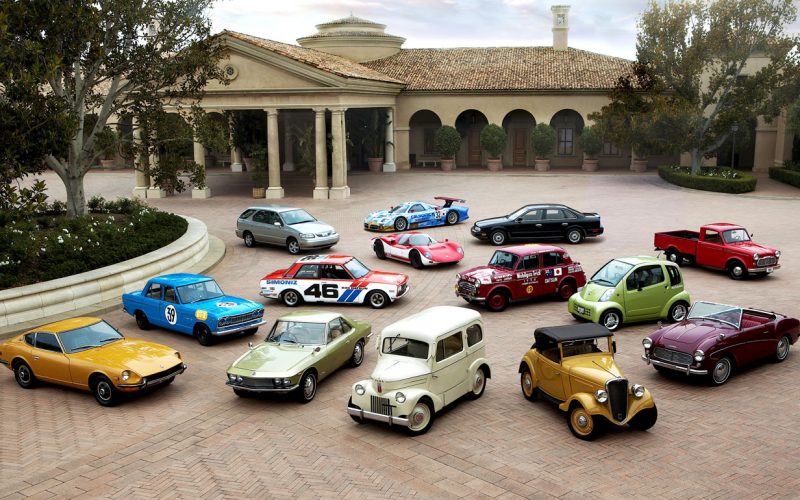
Reading Time: 3 minutesNissan recently celebrated the global production milestone of 150 million vehicles, a feat that took the

Reading Time: 4 minutesSometimes news stories fly under the radar, which is certainly the case for this year’s Toronto-based
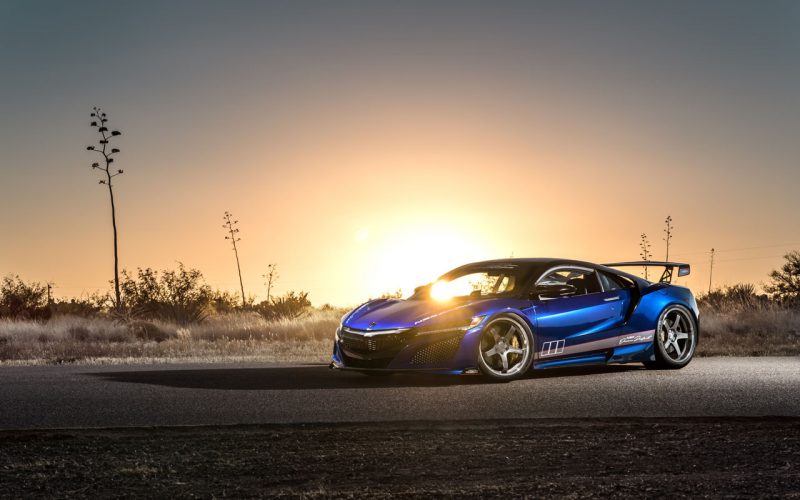
Reading Time: 5 minutesTo most of us, the thought of owning a new Acura NSX is enough of a
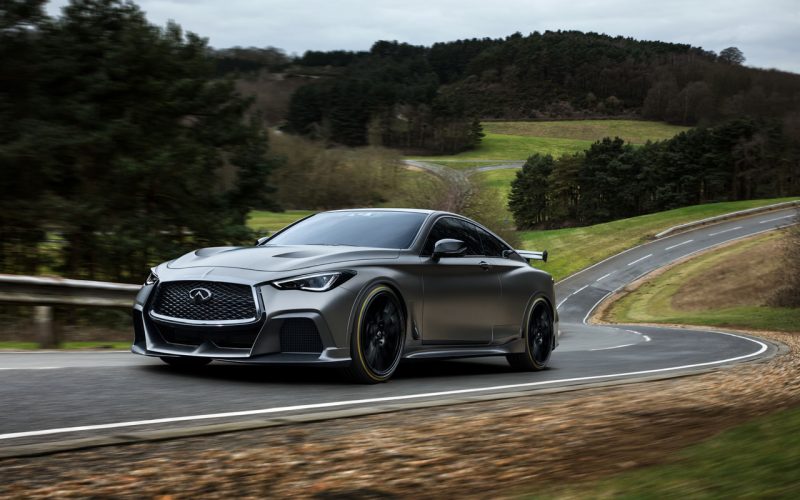
Reading Time: 8 minutesWith 2017 coming to a close, we’re taking a look at some of the year’s more
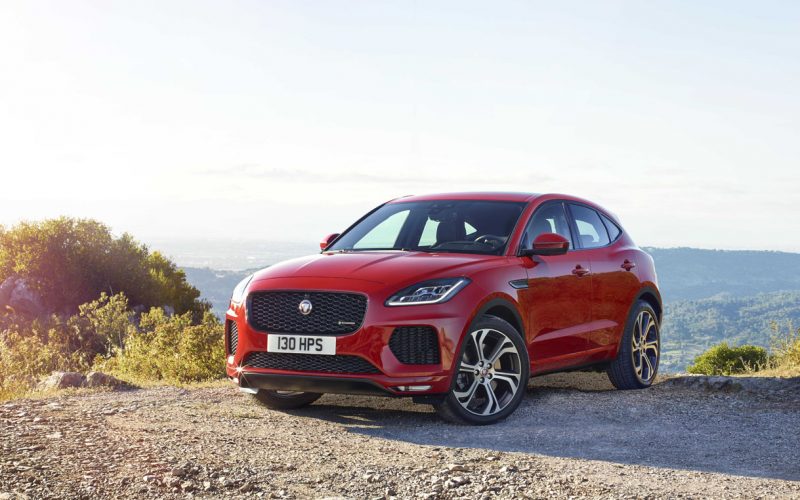
Reading Time: 11 minutesJaguar has already proven it’s fully capable of producing a sport utility vehicle worthy of pulling
© 2025 The Car Magazine. All Rights Reserved, Privacy Policy | Terms of Use